Sydney - January 2009

Derek lived a little south of the centre of Sydney in an eclectic area full of interesting an unique shops, cafes and restaurants. A pleasant change from most shopping areas where all you see are global names.
Derek kindly arranged a road trip to Katoomba and the Blue mountains. Echo Point is the place to go to see the Three Sisters in Jamison Valley. The Three Sisters rise over 3000ft above sea level.
There are a couple of similar Aboriginal legends regarding the Three Sisters. One legend says that three sisters, 'Meehni', 'Wimlah' and Gunnedoo' lived happily in the mountains, but feared the bunyip that lived in a deep hole nearby. Their witch doctor father, Tyawan, would leave them high on a cliff behind a rock wall when he was away. One day Tyawan descended into the valley. A large centipede appeared on the cliff top, frightening Meehni. She threw a stone at it, but the stone rolled over the cliff. The noise caused the bunyip to wake from sleep and spotted the sisters high on the cliff top. Tyawan heard the commotion in the valley as the bunyip climbed towards his daughters, and in panic pointed his magic bone at his daughters, turning them to stone to protect them from harm.
The bunyip was enraged and chased after Tyawan. The bunyip trapped Tyawan, so he changed himself into a lyrebird and disappeared into a cave. Although everyone was safe, Tyawan had lost his magic bone, and without it he could not bring the three sisters back to life.
If that legend is a little fanciful for you, there's a legend that's a little less extraordinary.
The same Three sisters lived in the Jamison Valley as members of the Katoomba tribe. The sisters had fallen in love with three brothers from the Nepean tribe, yet tribal law forbade them to marry. The brothers decided to capture the three sisters causing a major tribal battle. As the lives of the three sisters were in danger, a witchdoctor from the Katoomba tribe took it upon himself to turn the three sisters into stone to protect them from any harm. While he had intended to reverse the spell when the battle was over, the witchdoctor himself was killed. As only he could reverse the spell to return the sisters to their former beauty, they remain in their magnificent rock formation as a reminder of this battle for generations to come.
The next day we went to visit one of Derek's friends in Woolongong. From there we travelled a little further south to Kiama. There are some wonderful coastal views and the Kiama Lighthouse.
The lighthouse was built in 1887 and originally used an oil burner with a green light that could be seen for 9 miles. This was upgraded over the years to coal gas, acetylene gas, and finally 240V electric. next to the lighthouse is the Kiama blowhole that when conditions are right can spray water up to 80ft in the air (unfortunately the day I was there wasn't one of those days!).
The next couple of days were spent in the company of some of Derek's friends before the major assault on Sydney's tourist sights.
The Royal Botanic Garden is a good place to start exploring. There are great views of Sydney's skyscrapers and the Harbour Bridge, the Opera House and the ferry piers are close by.
One interesting sight in the gardens is the Lewis Wolfe Levy Drinking Fountain. The drinking fountain is described by the Sydney Historical Society as 'a beautiful structure of polished red and white granite, surmounted by a charming bronze female figure by Birch'. Charles Bell Birch was an English sculptor responsible for the griffin at Temple Bar in the Strand in London. It's the largest remaining public water fountain in Sydney.
I took a ferry to Taronga zoo, which is not only a fun way to spend a few hours but gives you the chance to see some of Sydney's landmarks from the water. Sydney's Harbour Bridge is the largest (although not the longest) steel arch bridge in the world. The locals apparently call it the 'coathanger'. It was completed in 1932. They have offered bridge climbs since 1998 and quite a few celebrities have made the climb.
Sydney Opera House is one of Australia's most photographed landmarks along with the Harbour Bridge. Beginning with Danish architect Jørn Utzon's competition winning design in 1957 the opera house was finally opened in 1973.
Utzon received the Pritzker Prize, architecture's highest honour, in 2003. The Pritzker Prize citation stated: 'There is no doubt that the Sydney Opera House is his masterpiece. It is one of the great iconic buildings of the 20th century, an image of great beauty that has become known throughout the world – a symbol for not only a city, but a whole country and continent. I would say its difficult to argue against that!
Another interesting landmark is Brett Whiteley's Almost Once sculpture. Located near the piers behind the Art Gallery of NSW these huge matchsticks, one new, one burnt, are an intriguing sight!
The next day was a day of shopping to buy some Aussie themed clothes. My time in Sydney was drawing to a close, and Thailand was beckoning.
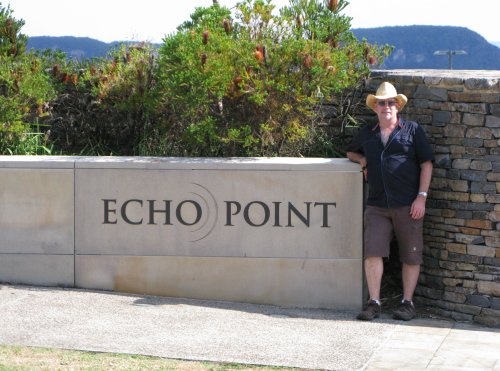
Derek poses by the Echo Point sign
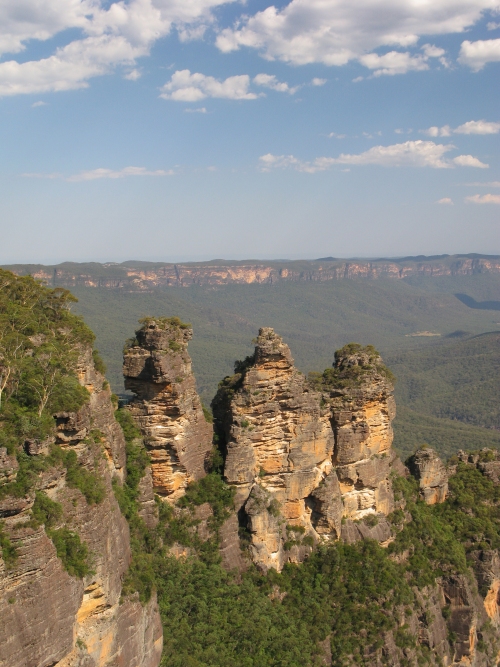
The Three Sisters, famous in Aboriginal
legend
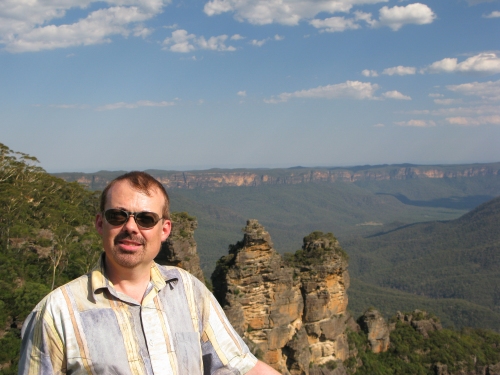
Posing with the three sisters at the
Blue Mountains
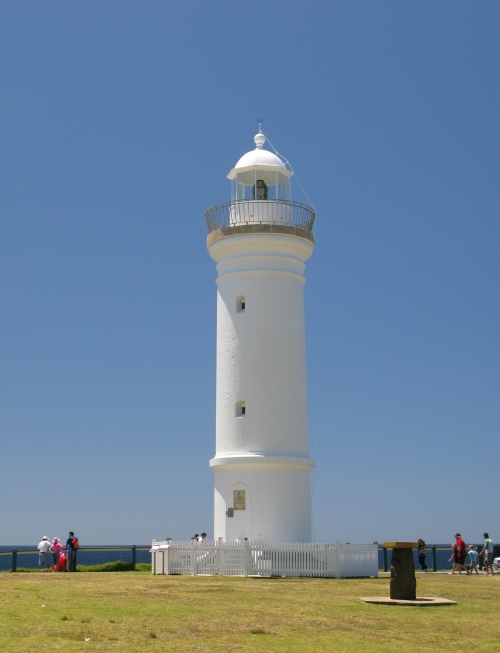
Kiama Lighthouse
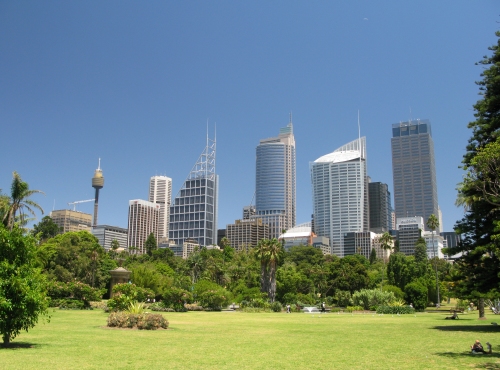
A view of the Sydney skyline from the
Royal Botanic Gardens
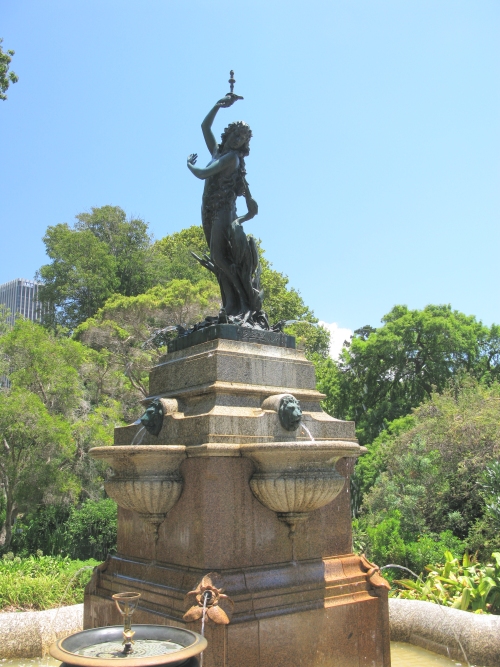
Lewis Wolfe Levy Drinking Fountain
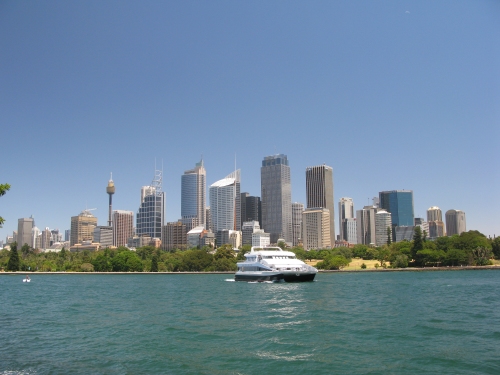
Another view of Sydney's skyline from
the water
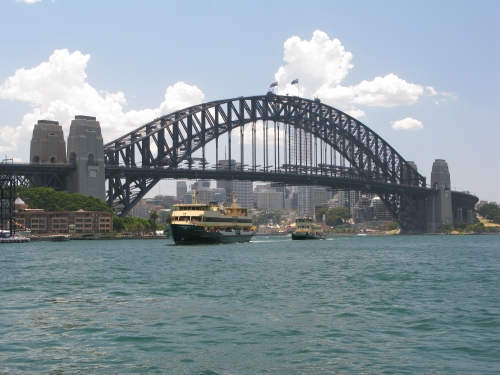
Sydney Harbour Bridge
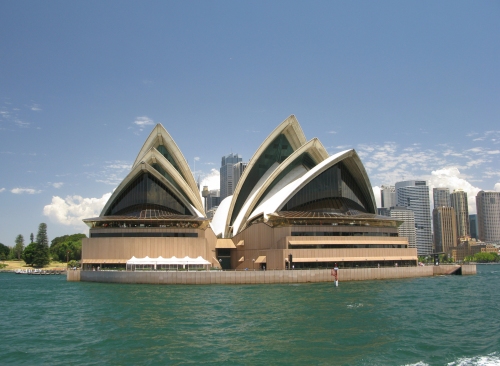
The Opera House
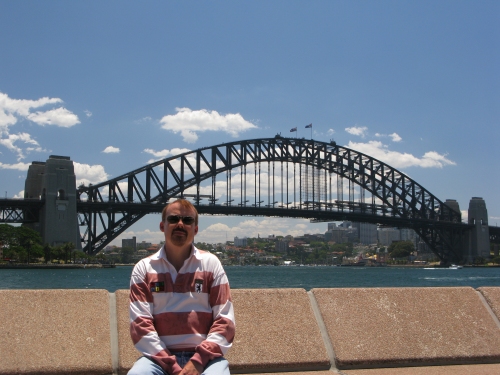
Posing by the Harbour Bridge

Brett Whiteley - Almost Once